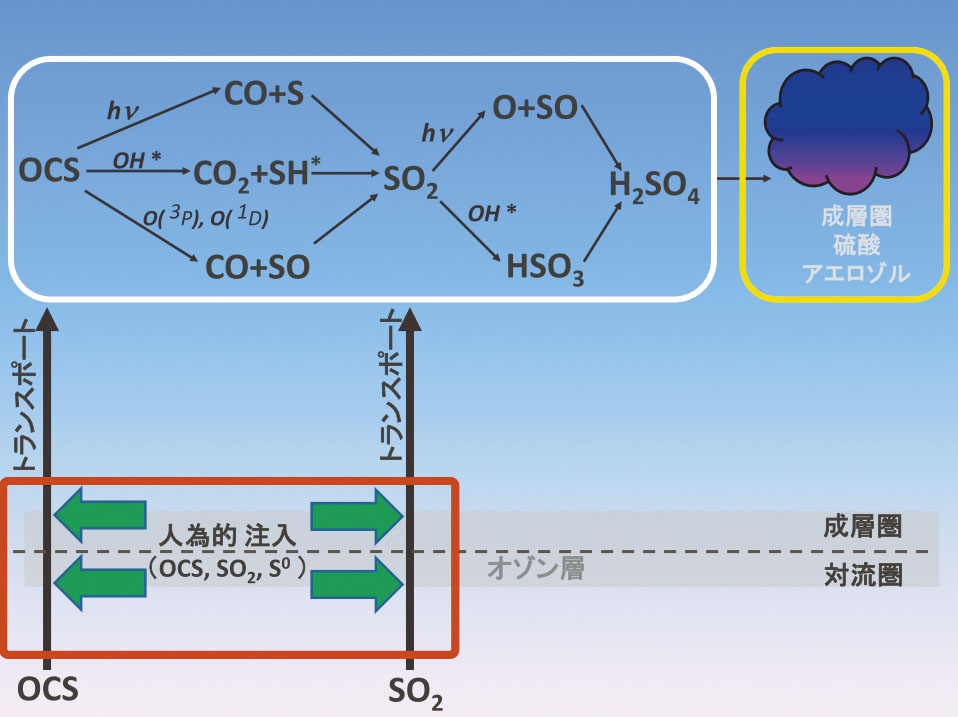2023.08.02

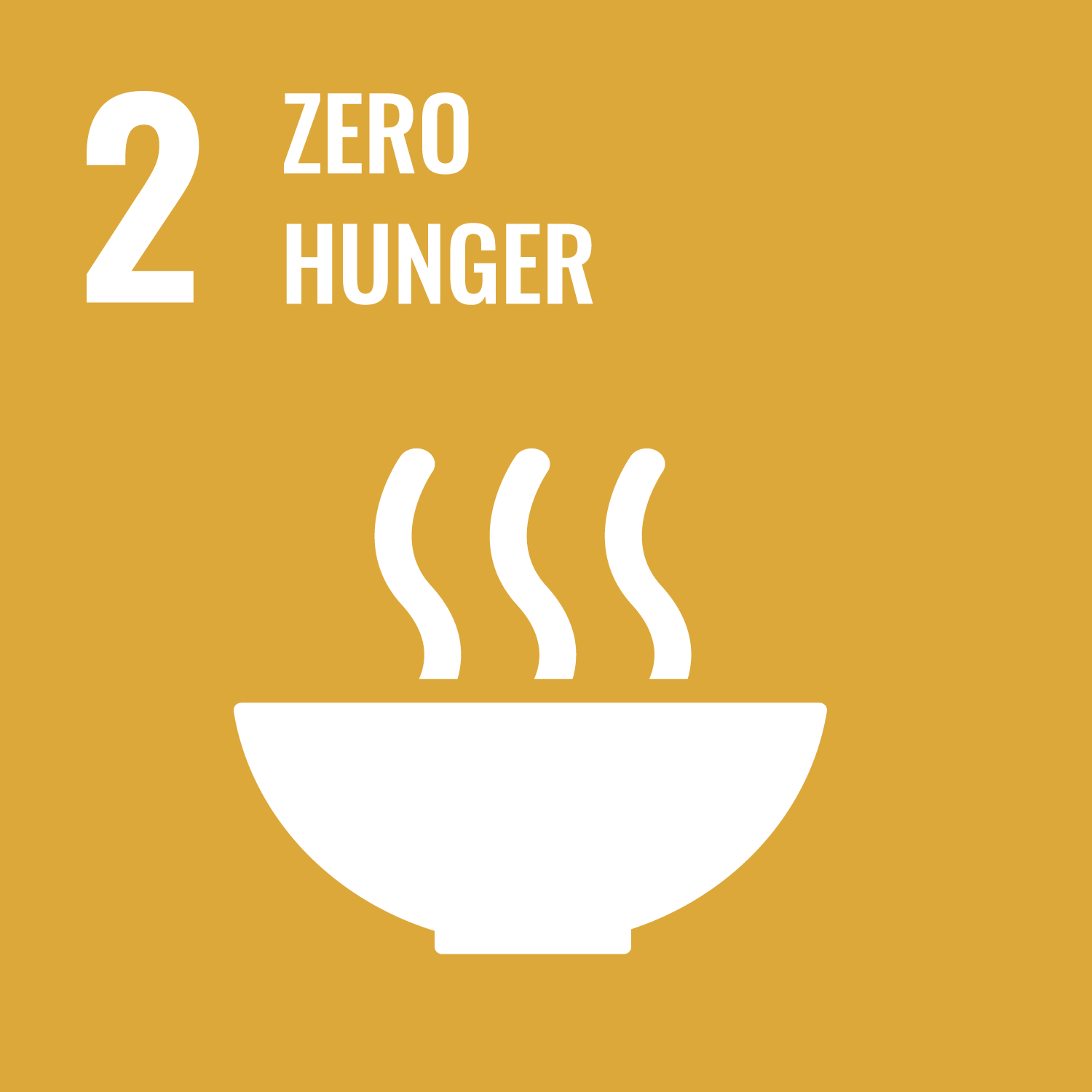



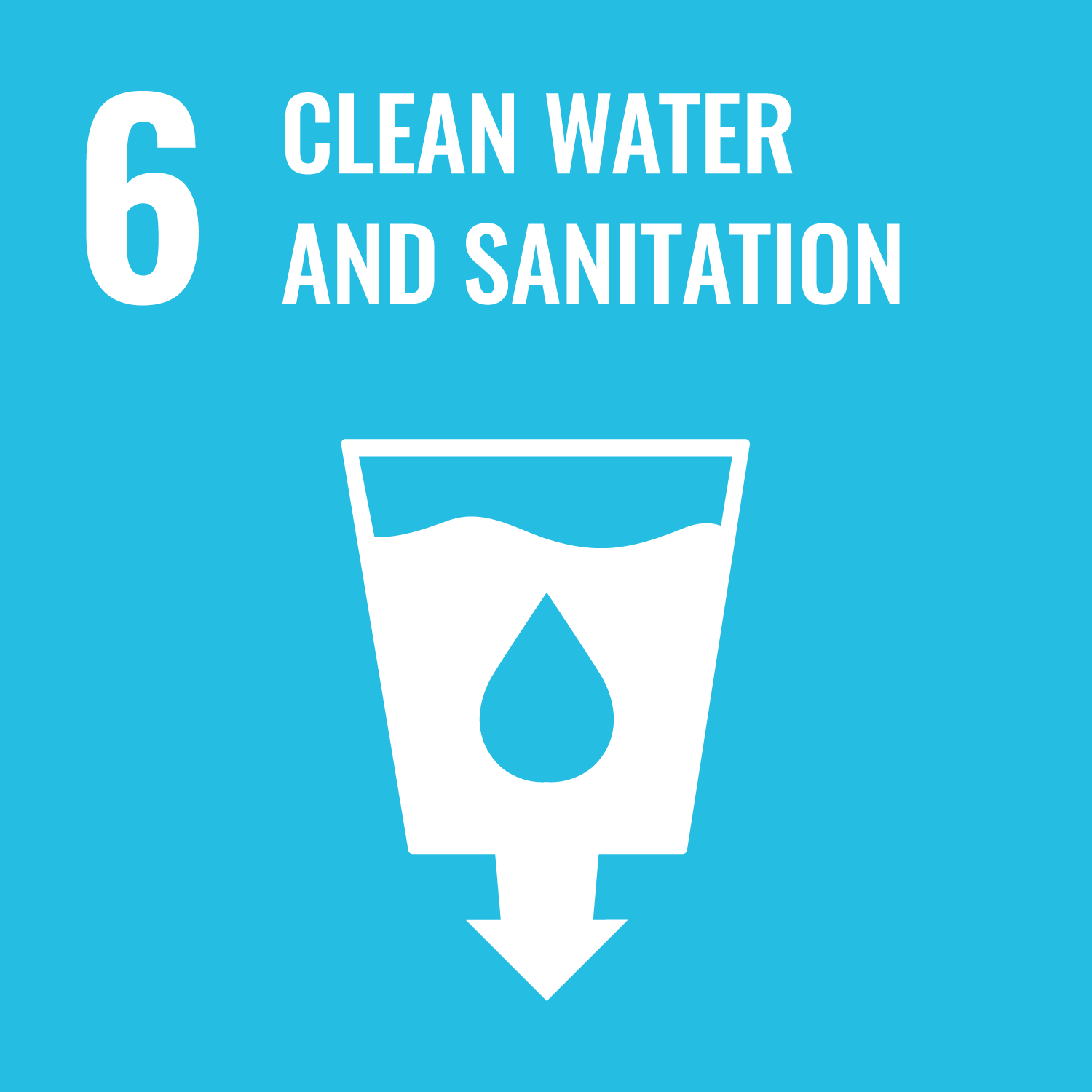

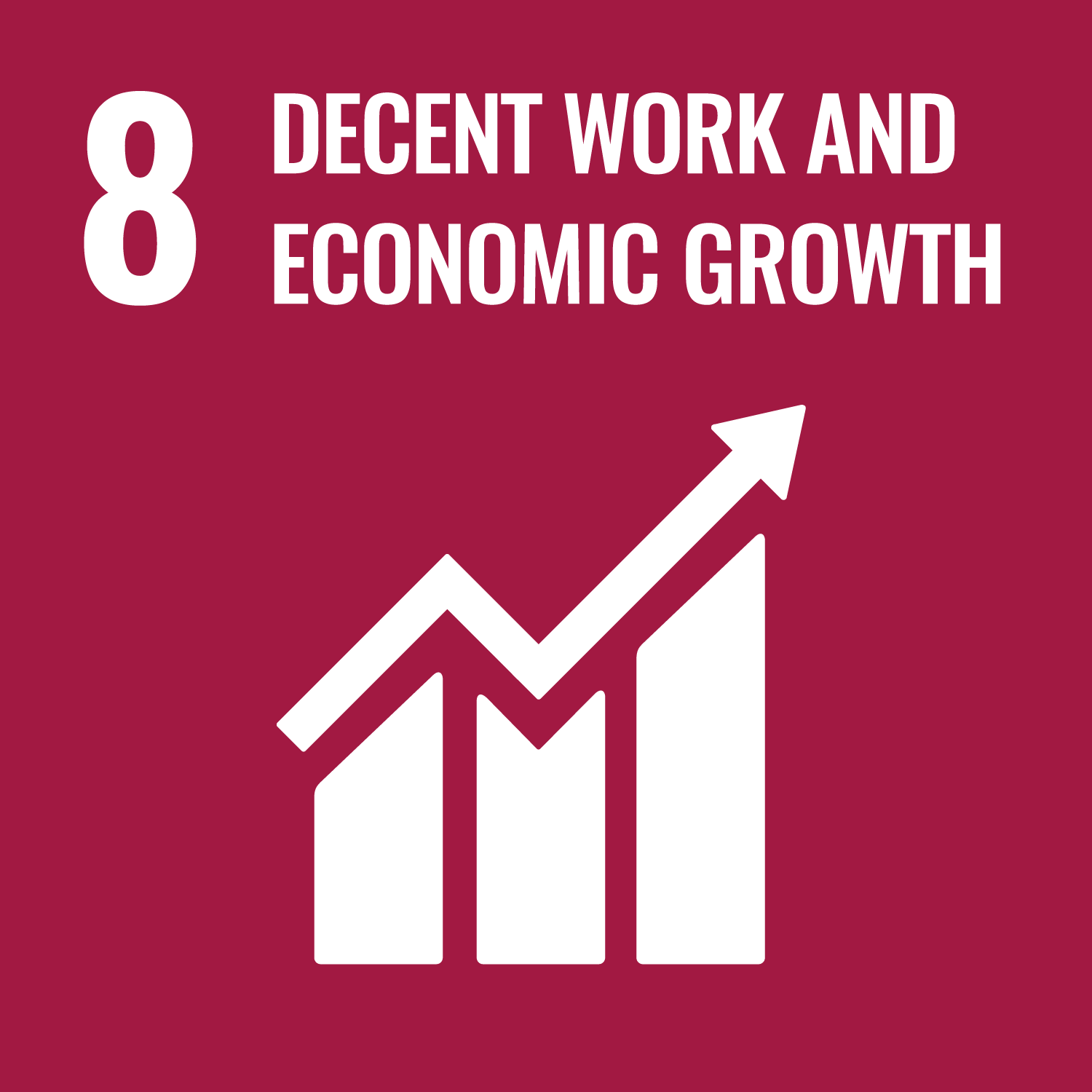
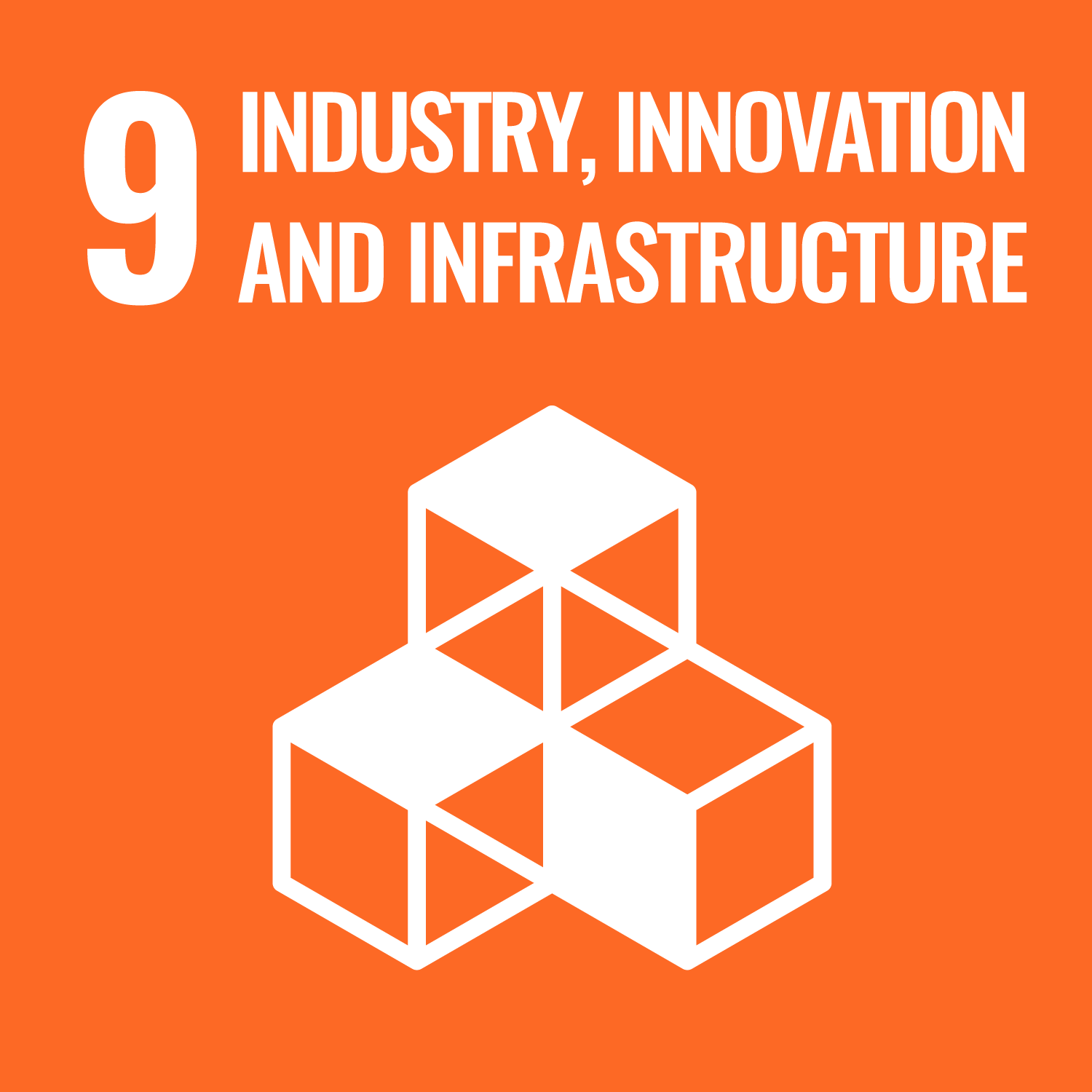
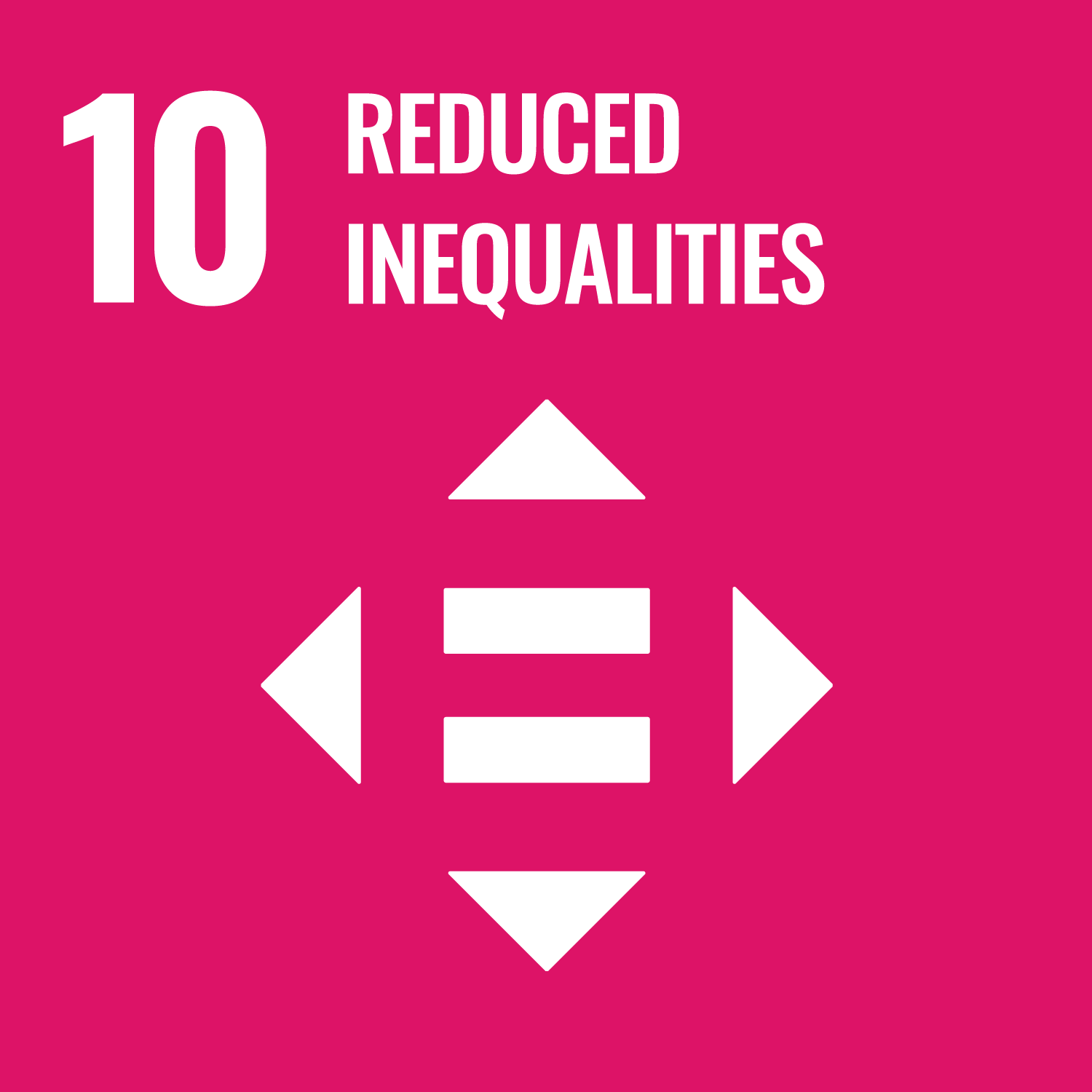
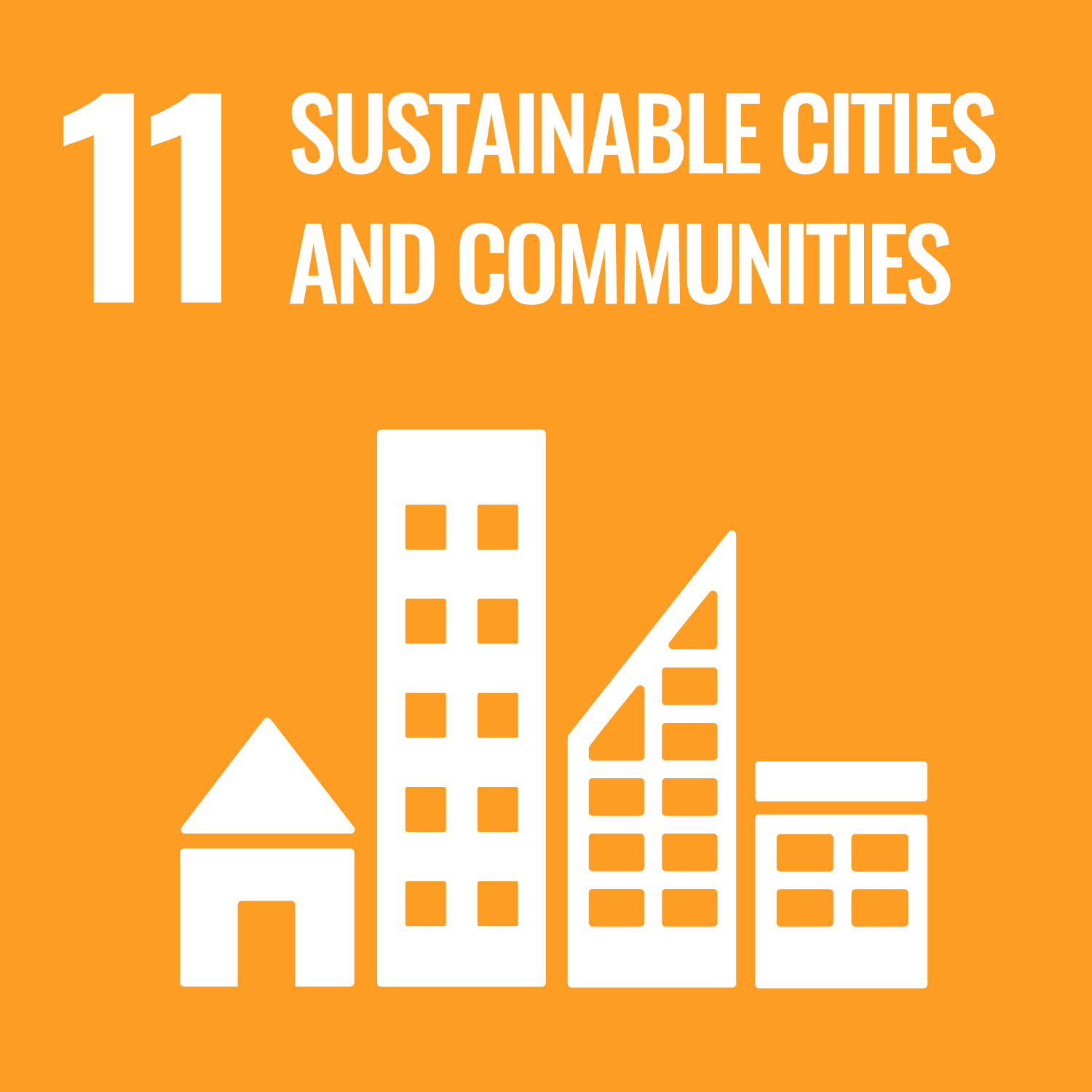
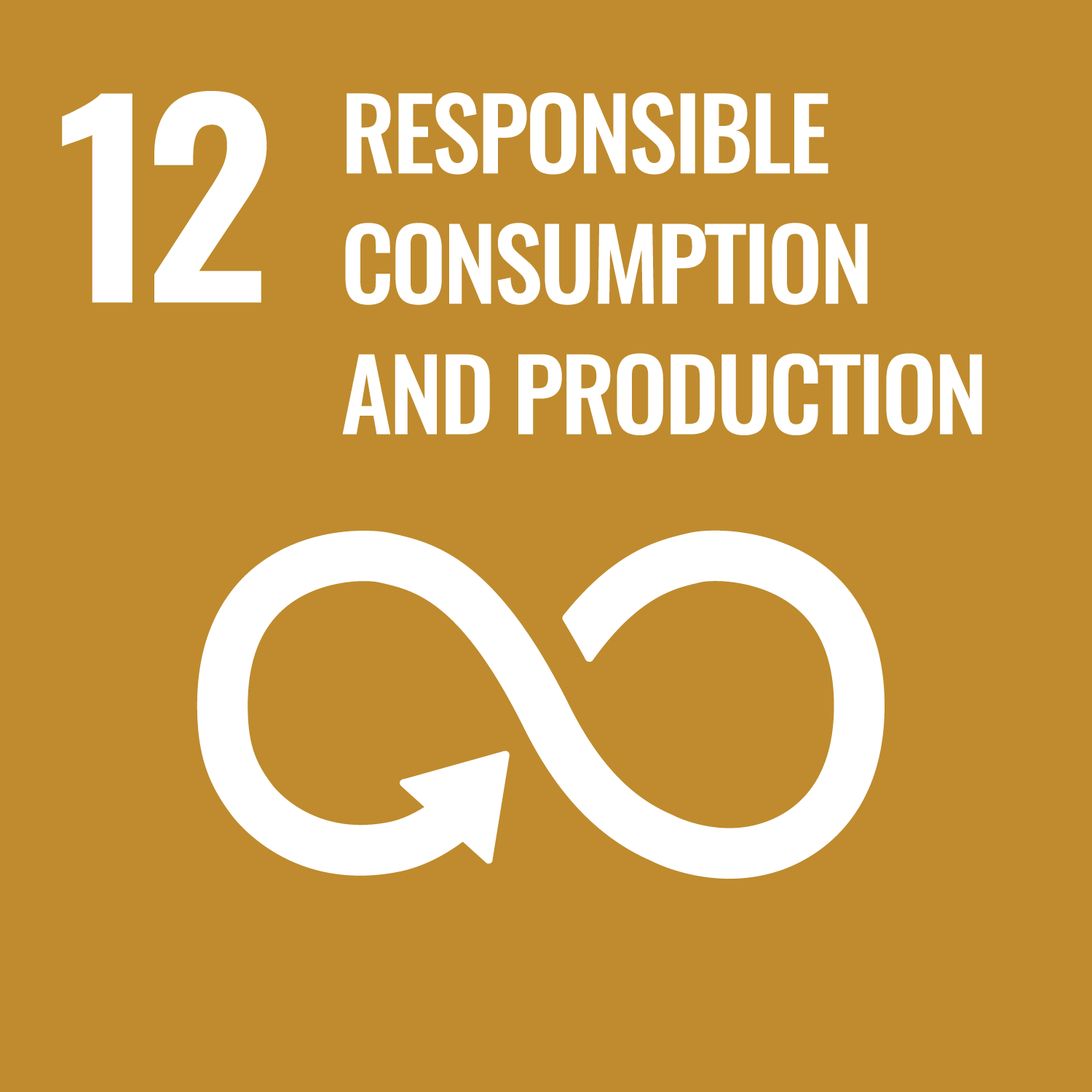

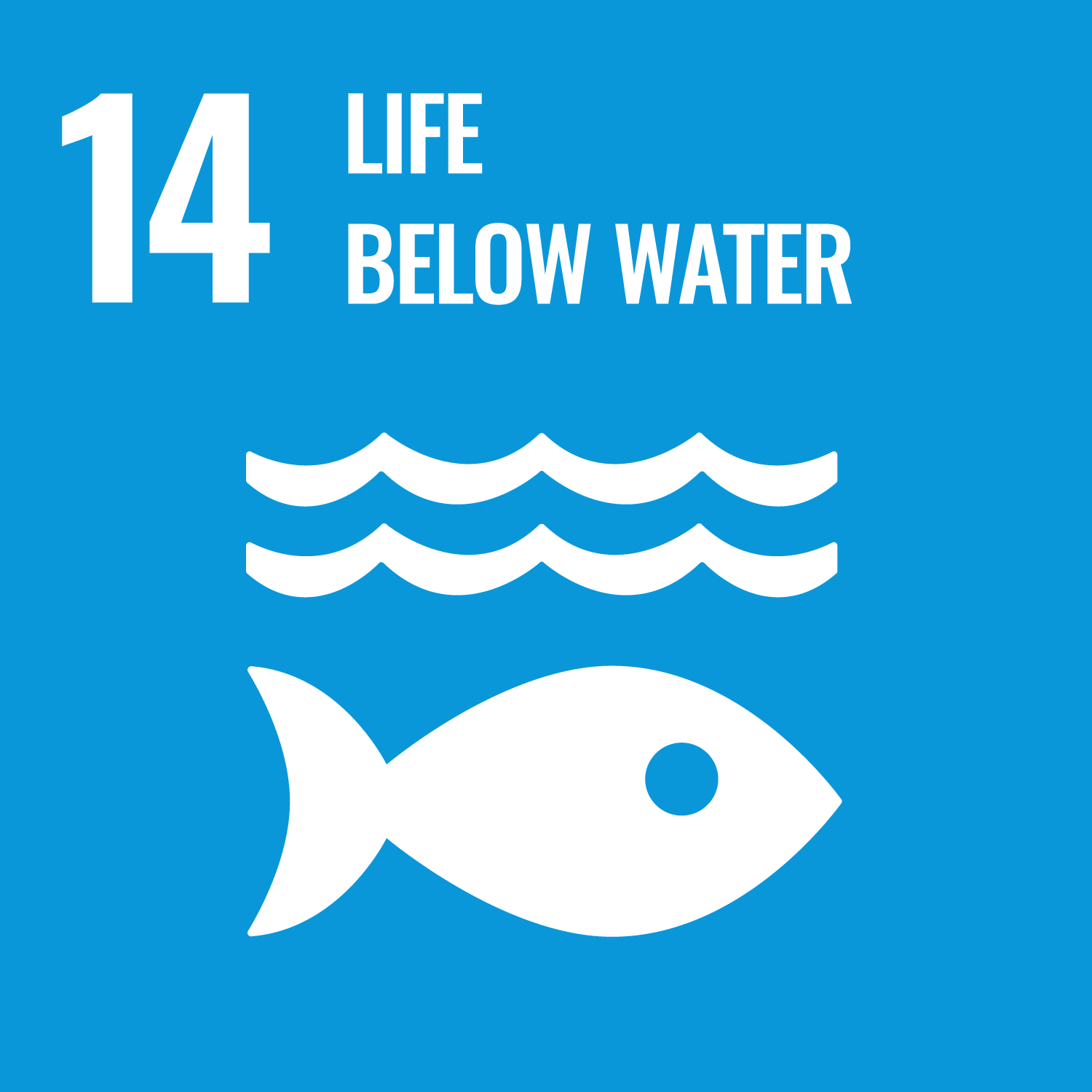
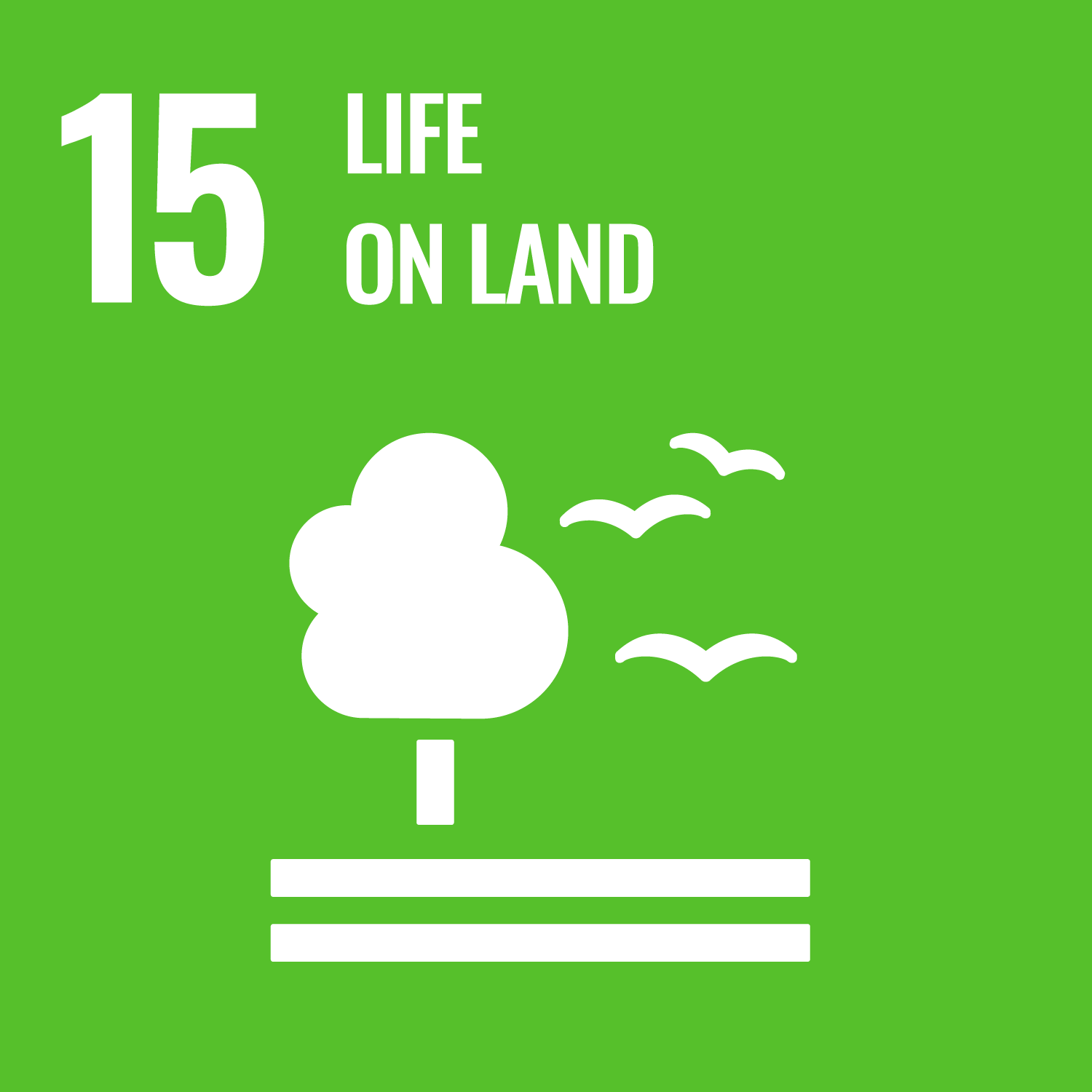
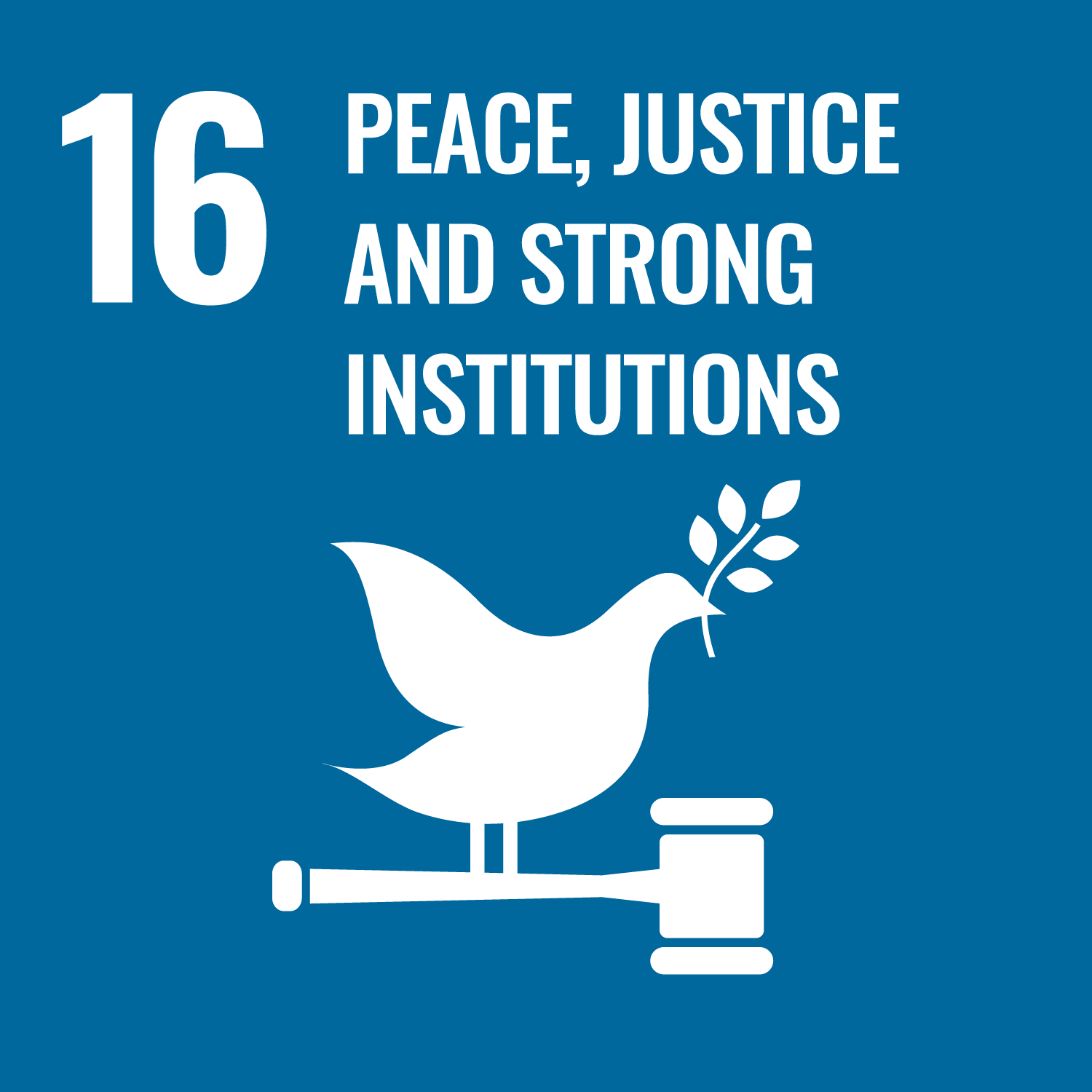

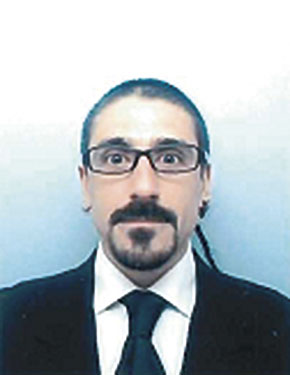
Faculty of Science and Technology / Department of Materials and Life Sciences
Fuyutsuki Seba Associate Professor
My long-term plan is to use stable isotope and atmospheric chemistry models to study the variability and evolution of planetary atmospheres. My mid-term plan and graduate research theme is to develop and tune a one-dimensional atmospheric photochemical model based on first-principles calculations using physical and chemical processes, and to obtain UV absorption spectra with temperature-pressure contributions by quantum chemical calculations. As a graduation project, he has been working on a research theme using stand-alone-independence while maintaining linkage with the long- and medium-term research plan.
In 1991, 10TgS, a sulfur compound released by the Pinatubo volcanic eruption in the Philippines, reached the stratosphere. These sulfur compounds underwent various oxidation reactions that eventually produced ammonium sulfate and aerosols of sulfate (Sulfur Stratospheric Aerosols, hereafter SSA). Six months after the eruption, 6TgS aerosols remained, resulting in a negative radiative forcing of about 4.5 W/m2. Positive radiative forcing causes warming, while negative radiative forcing causes cooling. It is known that volcanic eruptions have reduced the average surface temperature by 0.5°C due to the formation of aerosols as a result of the arrival of sulfur compounds in the stratosphere. The residence time of stratospheric aerosols was 1-2 years, and the cooling effect of Pinatubo faded quickly. This suggests that the sulfate aerosol had a radiative forcing of 0.75 W/m2/TgS. In addition to radiative forcing, the increase in aerosols of sulfate produced by volcanic eruptions has been pointed out to contribute to ozone depletion by altering the photochemistry of NOx in the stratosphere. Stratospheric sulfate aerosols have a negative impact on the earth’s radiation budget and are therefore an important factor in global cooling. Dr. P. Crutzen, a Nobel laureate in chemistry, and his colleagues have proposed a “geoengineering” (climate engineering) project to inject anthropogenic sulfur compounds into the stratosphere as a countermeasure against global warming. This would have a global cooling effect through the artificial injection of OCS, SO2, and sulfur elements. However, climate engineering has large uncertainties in effects and side effects and requires large scale model intercomparisons with scenarios that accurately account for various factors. This kind of research 2017 activity made it possible and has continued until FY2022.
My research interests are not limited to the present-day Earth, but also include studies of early Earth atmospheres and exoplanetary atmospheres.
With the discovery of exoplanets and the progress of solar system exploration such as Mars, the search for life-bearing planets has begun. Aiming at the creation of “life-planet chemistry” to explore what is the planetary environment that produces life, we will explore the carbon species diversity (CO2/CO/CH4) of planetary environments by redox state. In particular, we are investigating what kind of life and chemical processes can occur in a CO-rich planetary environment (CO world).
